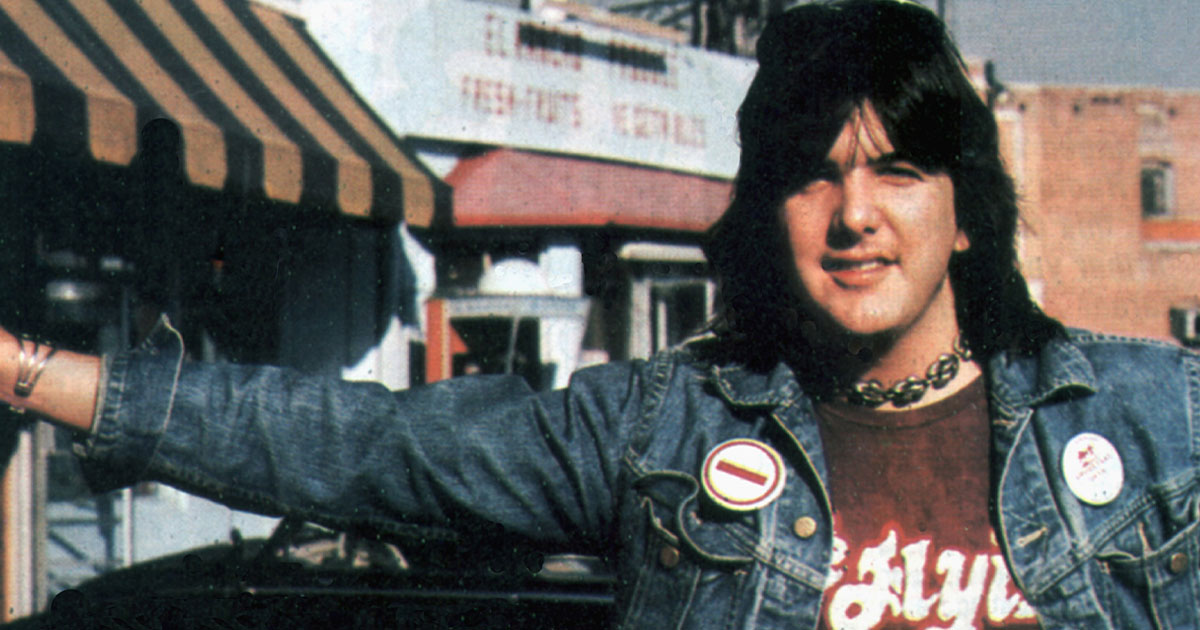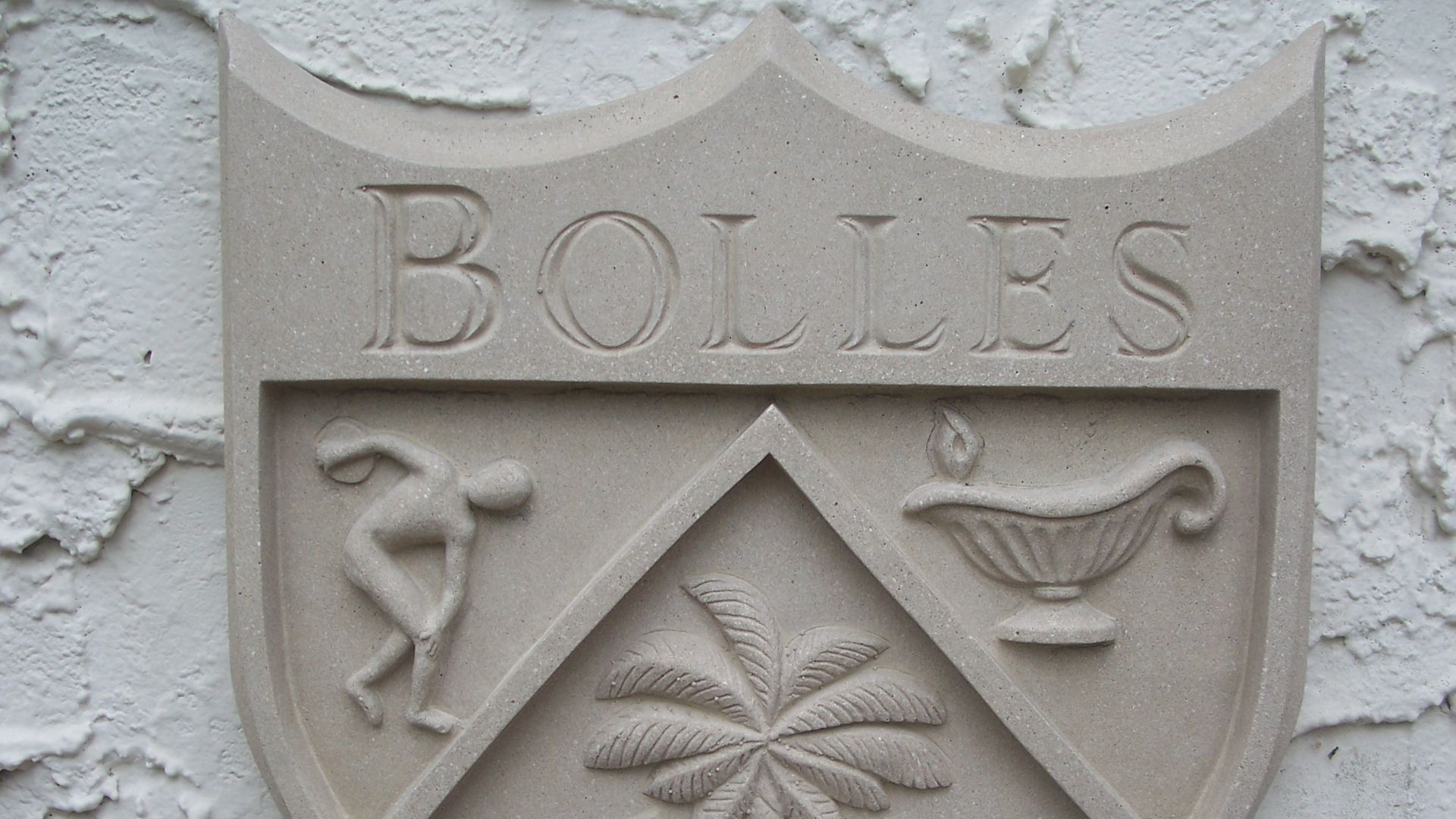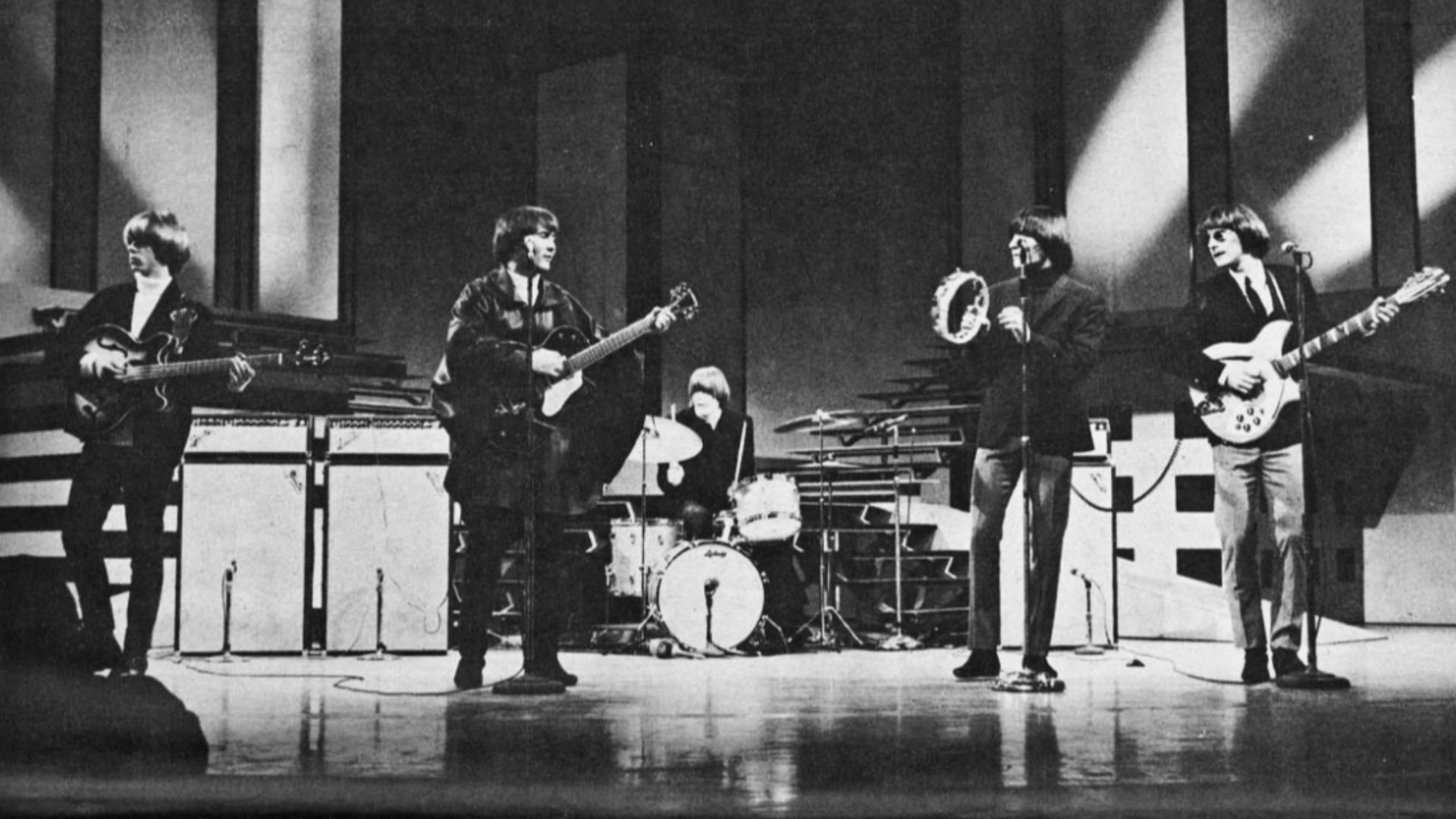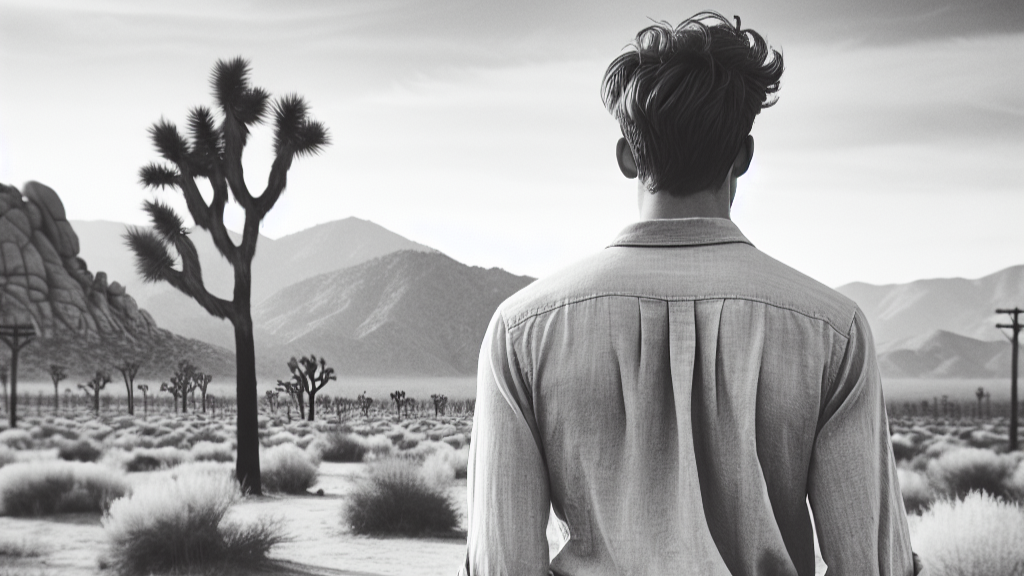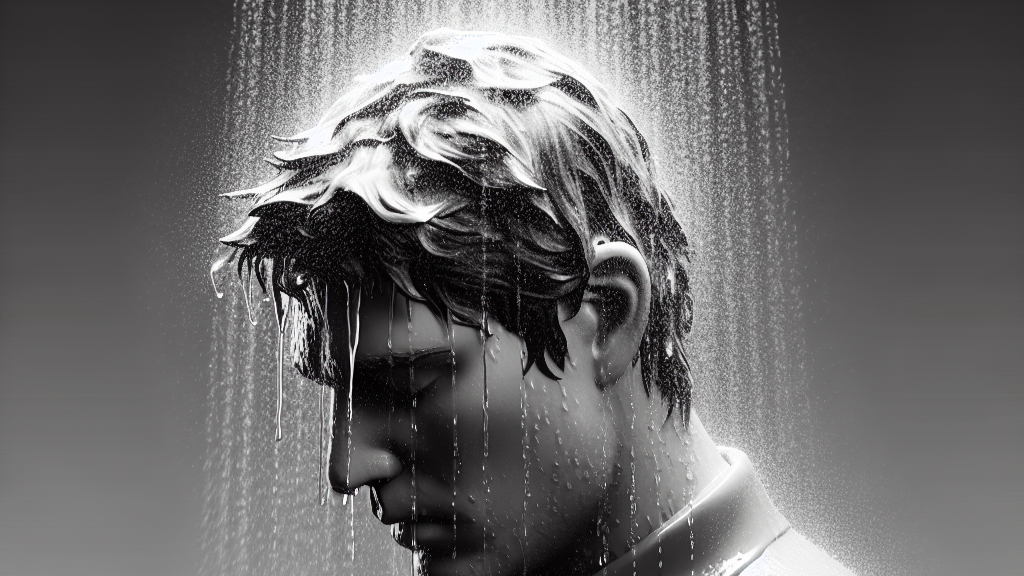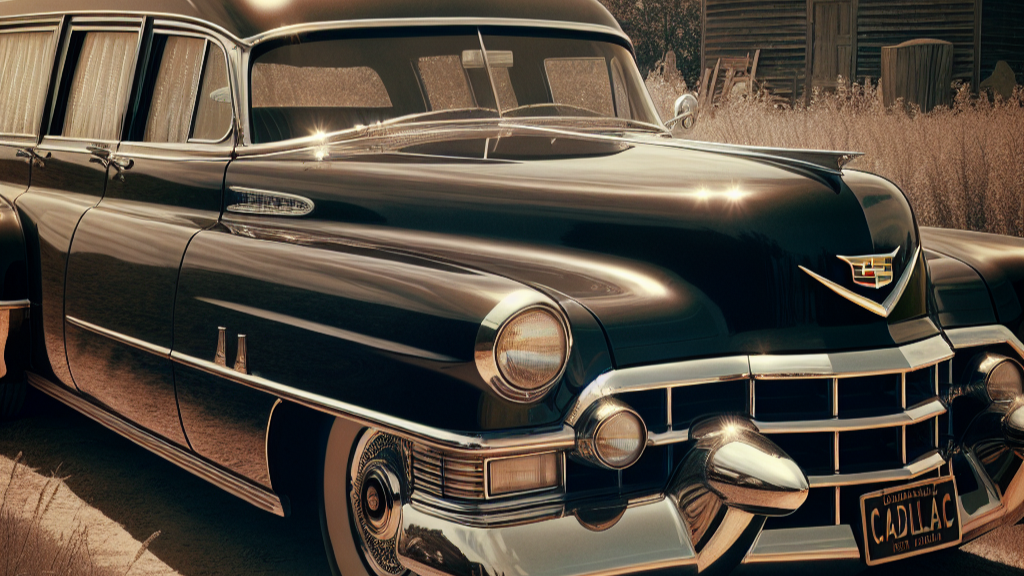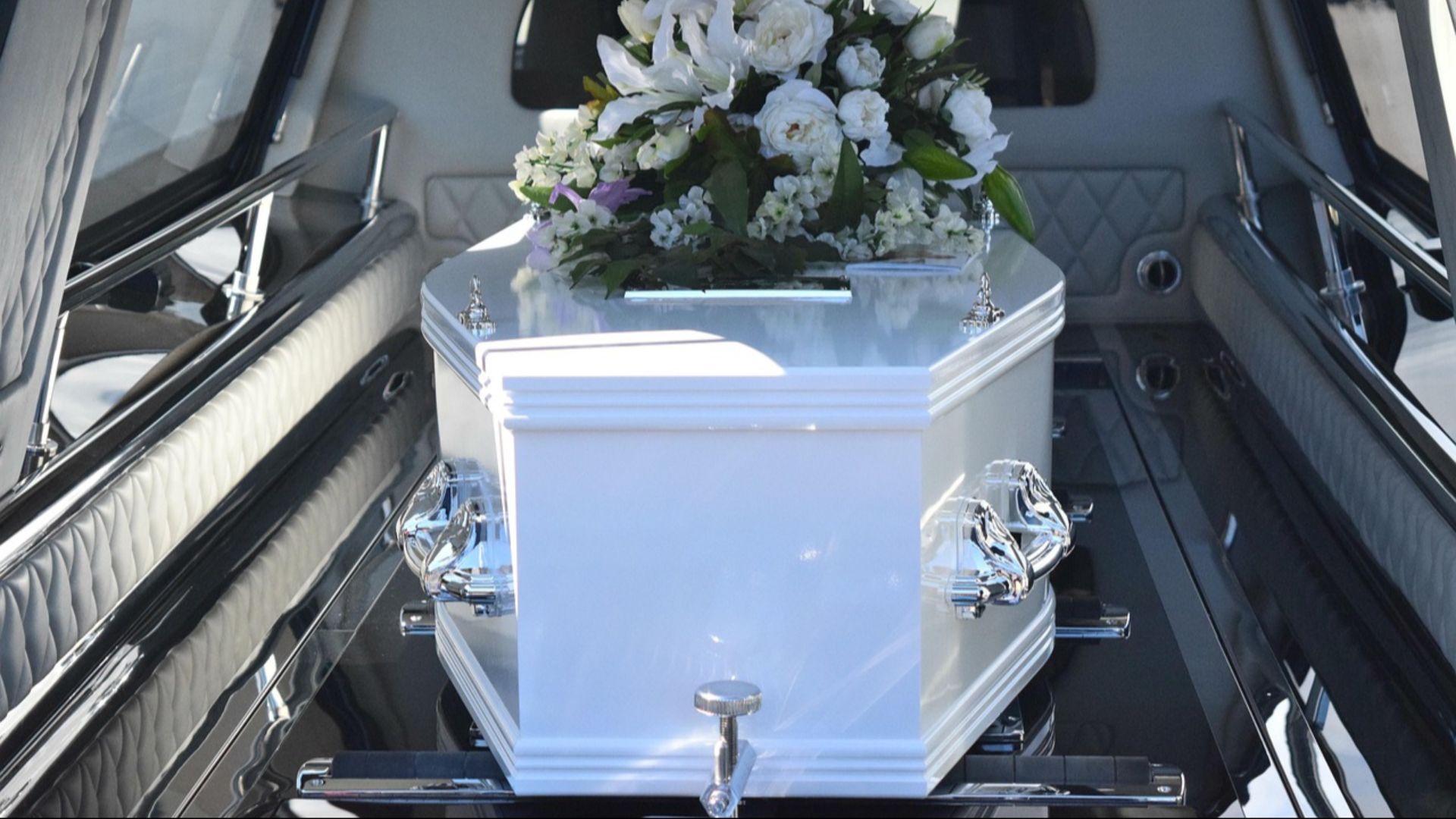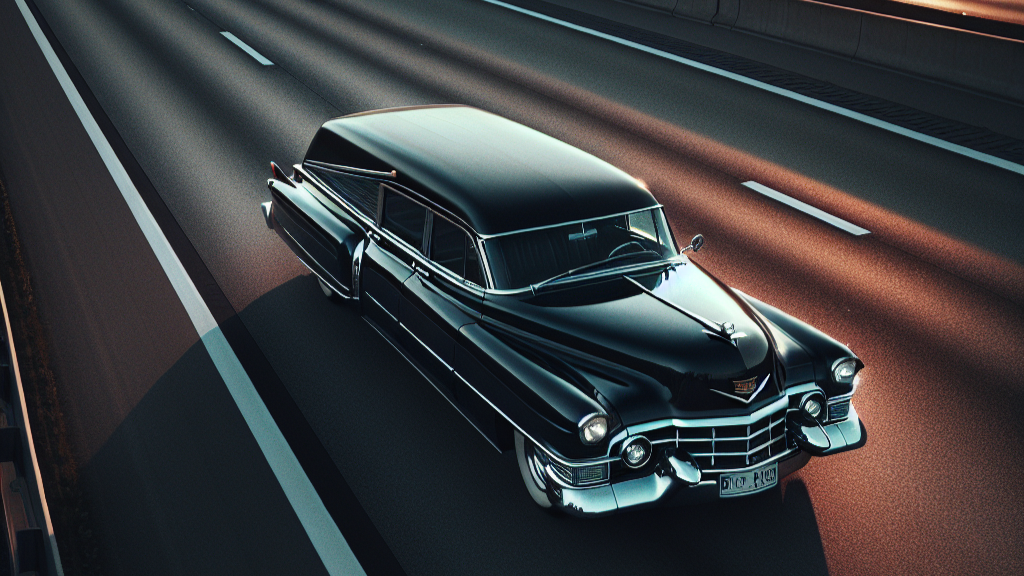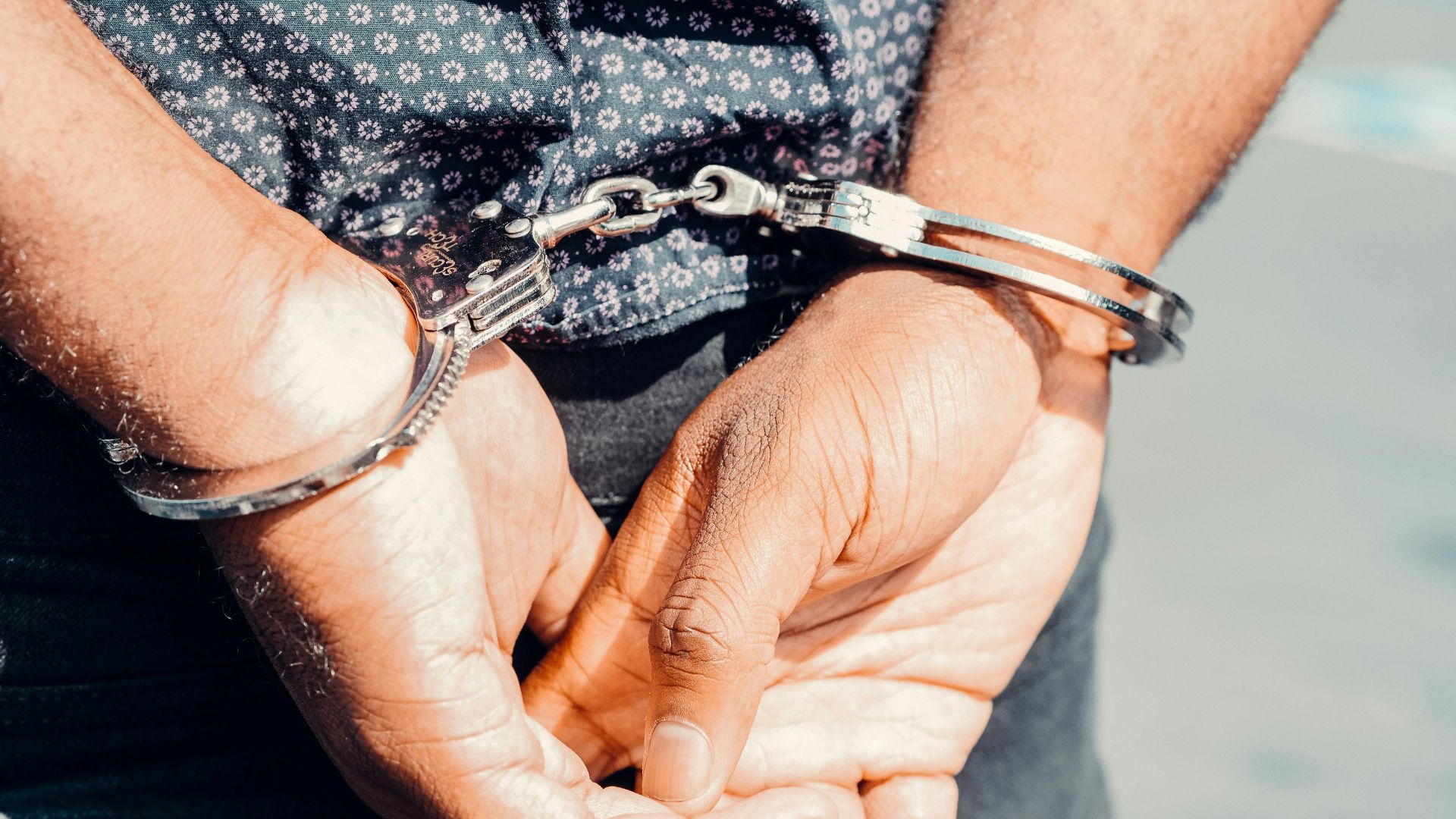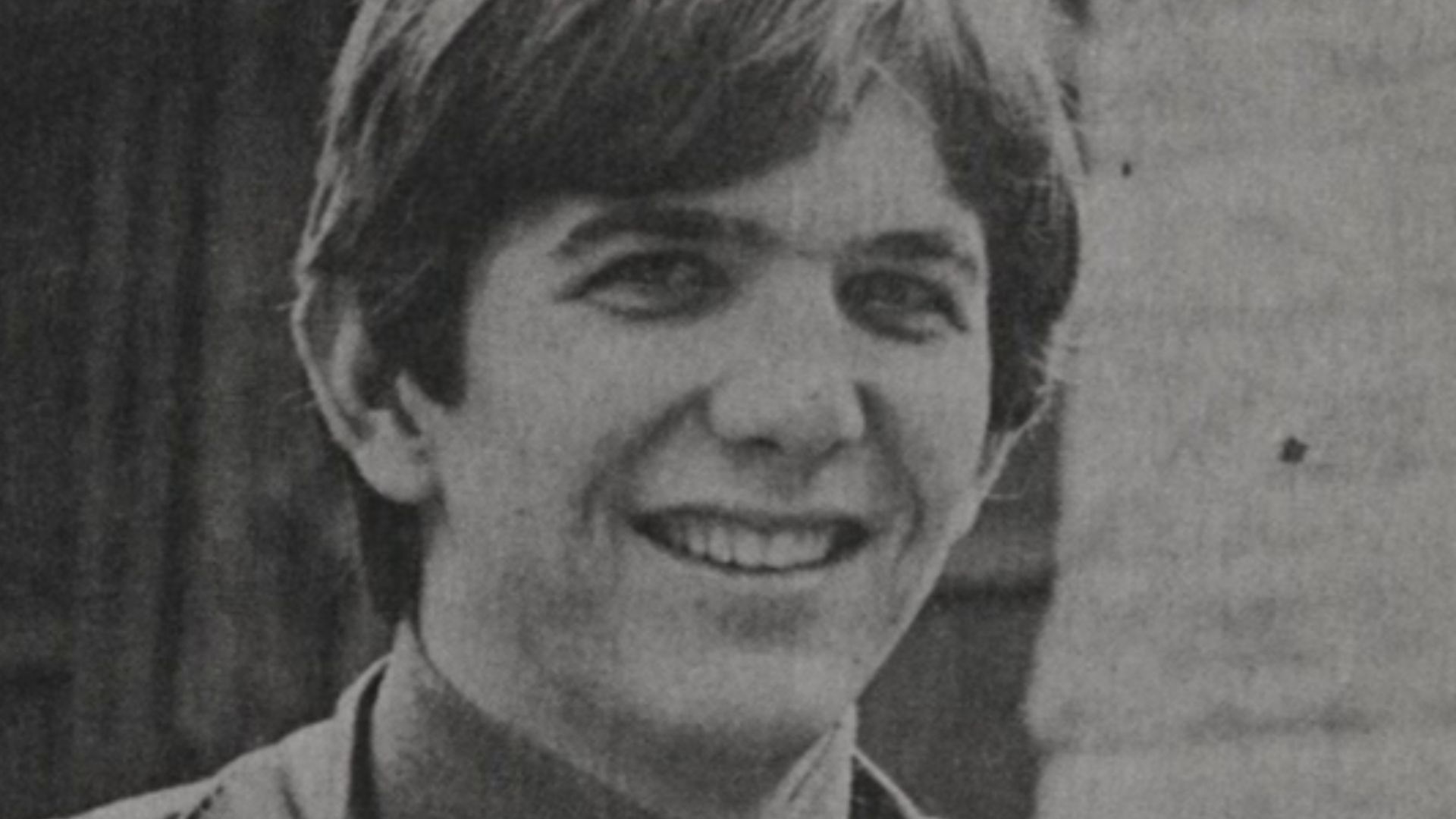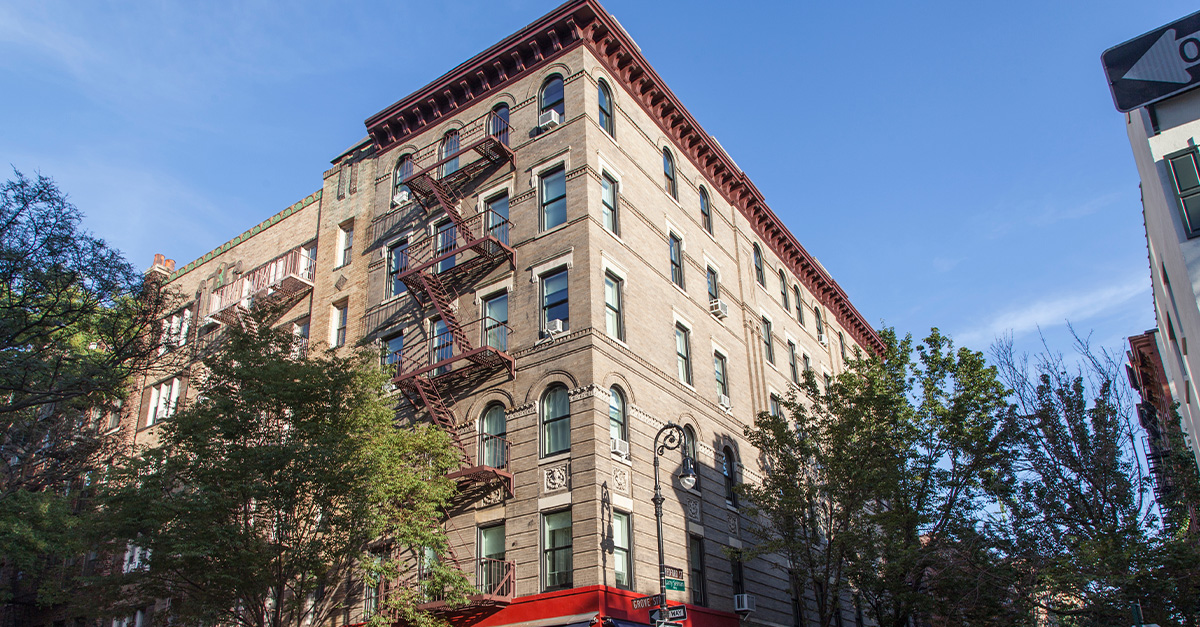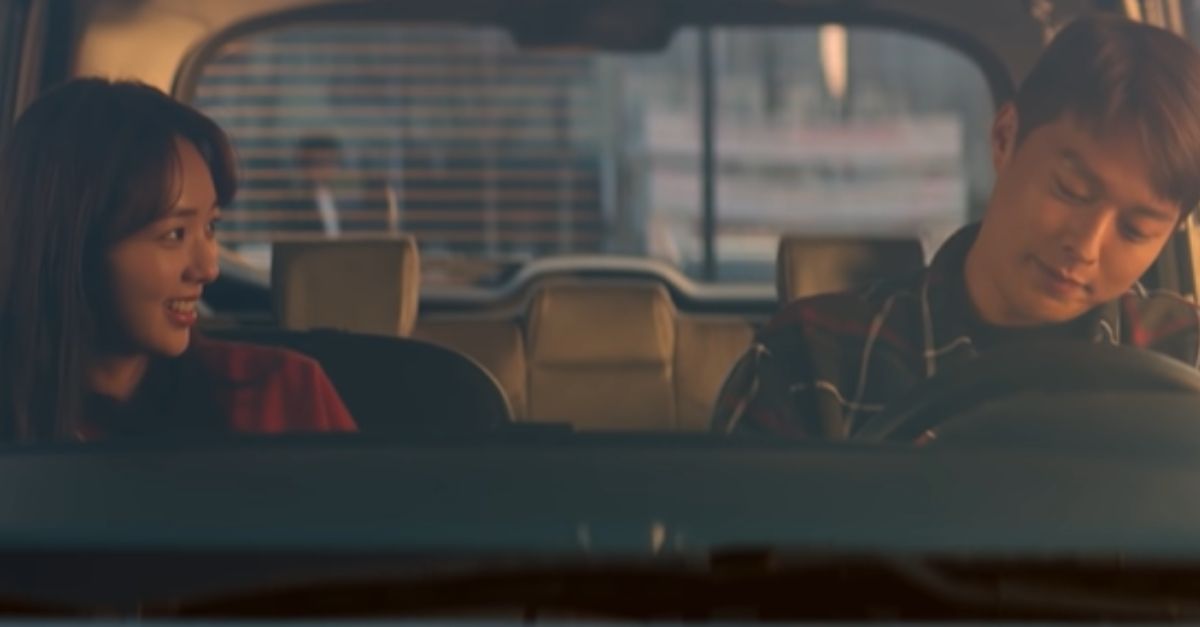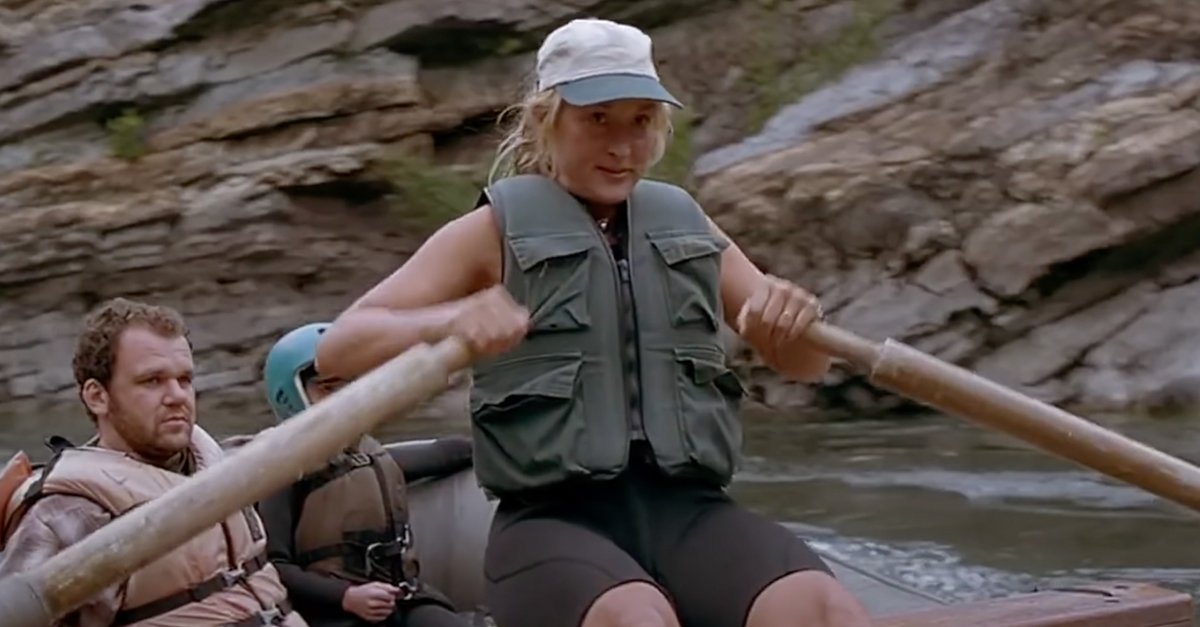A Supernova Career
Gram Parsons didn’t have a long career, but his impact on music was immense. During this short period, he managed to reshape country rock as a genre. Additionally, he had one of the strangest journeys possible in the days following his unfortunate demise.

1. He Was Born To A Strange Family
On November 5, 1946, Ingram Cecil Connor III was born into this world. His parents, Ingram Cecil Connor II (“Coon Dog”), and Avis Snively Connor, had one other child named “Little Avis” after her mother. His father had been in WWII, and having returned, battled with depression and substance use.
His mother also had her fair share of struggles.
 Silver Screen Collection, Getty Images
Silver Screen Collection, Getty Images
2. He Was Able To Explore His Curiosity
His passion for music started early, enabled by his family’s fortune. After attending an Elvis Presley concert in Waycross in 1956, Parsons felt inspired to learn all about music. With a pampered life that allowed him all the access to privatized schooling, he was able to pursue his newfound interest over the next few years.
But before he ever made an appearance on stage, he endured something horrible.
3. He Was Forced To Brave A Terrible Loss
On December 23, 1958, when Parsons was only 12 years old, his father took his own life. As a decorated flying ace, readjusting to life after conflict proved hard—especially since his wife also struggled with depression and drinking. It wasn’t long after her husband’s demise that Avis remarried to a man named Robert Parsons, and her children took their step-father's last name.
Parsons’ whole life changed after that.
 Michael Ochs Archives, Getty Images
Michael Ochs Archives, Getty Images
4. He Was A Beneficiary Of An Immense Legacy
His mother came from the Snively’s Florida “orange-juice royalty” and therefore had a lot of money, which meant Parsons attended a private school for much of his earlier education. He failed his junior year at a public school, which sent him right back to the private, preparatory school called The Bolles School.
He also started exploring the performance side of music—which caught his attention immediately.
5. He Was Quick To Find Venues To Perform
Parsons played in cover bands, learning rock and roll songs and headlining his step-father’s clubs in Winter Haven and Polk County. By 16, he switched from rock to folk music and even joined his first professional ensemble, the Shilohs. Since they were still high school students, they couldn’t play every concert they were offered.
 Michael Ochs Archives, Getty Images
Michael Ochs Archives, Getty Images
6. He Was Limited By His Other Commitments
Because of their limited venue options, they performed at hootenannies, coffee houses, and other high school auditoriums. His presence was fairly limited due to his educational commitments at prep school, but his experience was enough to show him what could be. His trajectory hit a speed bump when he managed to graduate on June 5, 1965.
Sadly, tragedy tainted this celebratory day.
7. He Was Faced With A Second Tragedy
Parsons lost his mother the same day as he graduated high school. Complications from her drinking habit took her life. Not only that, but Parson's soon found out that his stepfather had been having an affair with his sister’s nanny. Luckily, Parsons had an outlet for him to express his emotions: music.
The following year, Parsons made his first foray onto the stage of fame.
 Michael Ochs Archives, Getty Images
Michael Ochs Archives, Getty Images
8. He Made Friends And Musical Connections
By 1966, he was in Boston, making musician friends and was exploring the music scene. Alongside some of his newfound friends, they created the International Submarine Band. The band was immediately struck by instability, with the lineup shifting often—until they signed with LHI Records in LA.
Little did they know, their rising success wouldn’t go as planned.
9. He Was Excited By The Start Of This New Pursuit
The band appeared in a film called The Trip (1967) and the film’s soundtrack was set to feature one of their songs. Unfortunately another band took their place. At the same time, they were recording their first album, Safe At Home, which Parsons wrote many songs for. It was set to release halfway through 1968.
But as time crawled on, Parsons had something else in mind.
 Gram Parsons & International Submarine Band in The Trip - 1967, The Hip Quotient
Gram Parsons & International Submarine Band in The Trip - 1967, The Hip Quotient
10. He Was Flighty In All Aspects Of Life
While recording the upcoming album in 1966, Parsons met David Crosby. More importantly, he met Crosby’s girlfriend, Nancy Ross. He engaged in an affair with her that year, something the two kept secret until the evidence of it was too big to hide—a pregnancy.
But after their little girl Polly was born, Parsons didn’t stick around. He moved on quickly to more exciting things, like he would in every other aspect of his life.
11. He Was Quick To Move On To Another Opportunity
Parsons moved on to the next opportunity that came to him, which appeared in 1968 when The Byrds’ bassist, Chris Hillman, discovered him through a mutual acquaintance. The band had been searching for a new member after two departures from their lineup. Little did Hillman know, Parsons would be abandoning his current project to join the Byrds. By the time the International Submarine Band’s album came out, they had disbanded.
Parsons would end up being more than Hillman bargained for.
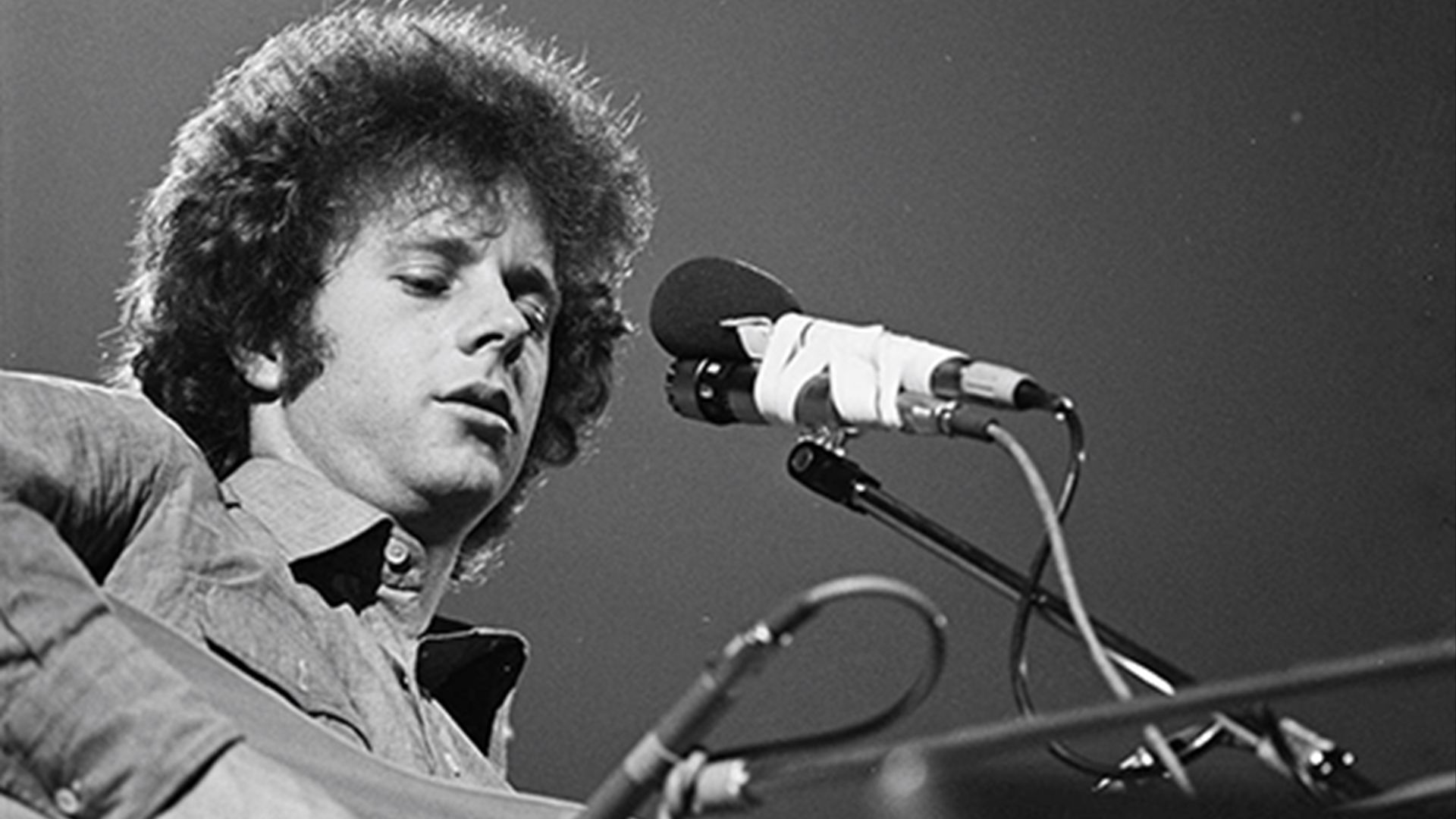 Beeld & Geluid Unknown photographer, Wikimedia Commons
Beeld & Geluid Unknown photographer, Wikimedia Commons
12. He Was Not Technically Part Of The Band
Since Parsons was a new addition to the band, their label didn’t consider him a “full member”. This meant he was on the credits but not technically a member of the Byrds. While this might have seemed harsh for the young man—it turned out the band had a good reason to hold full-member status over his head.
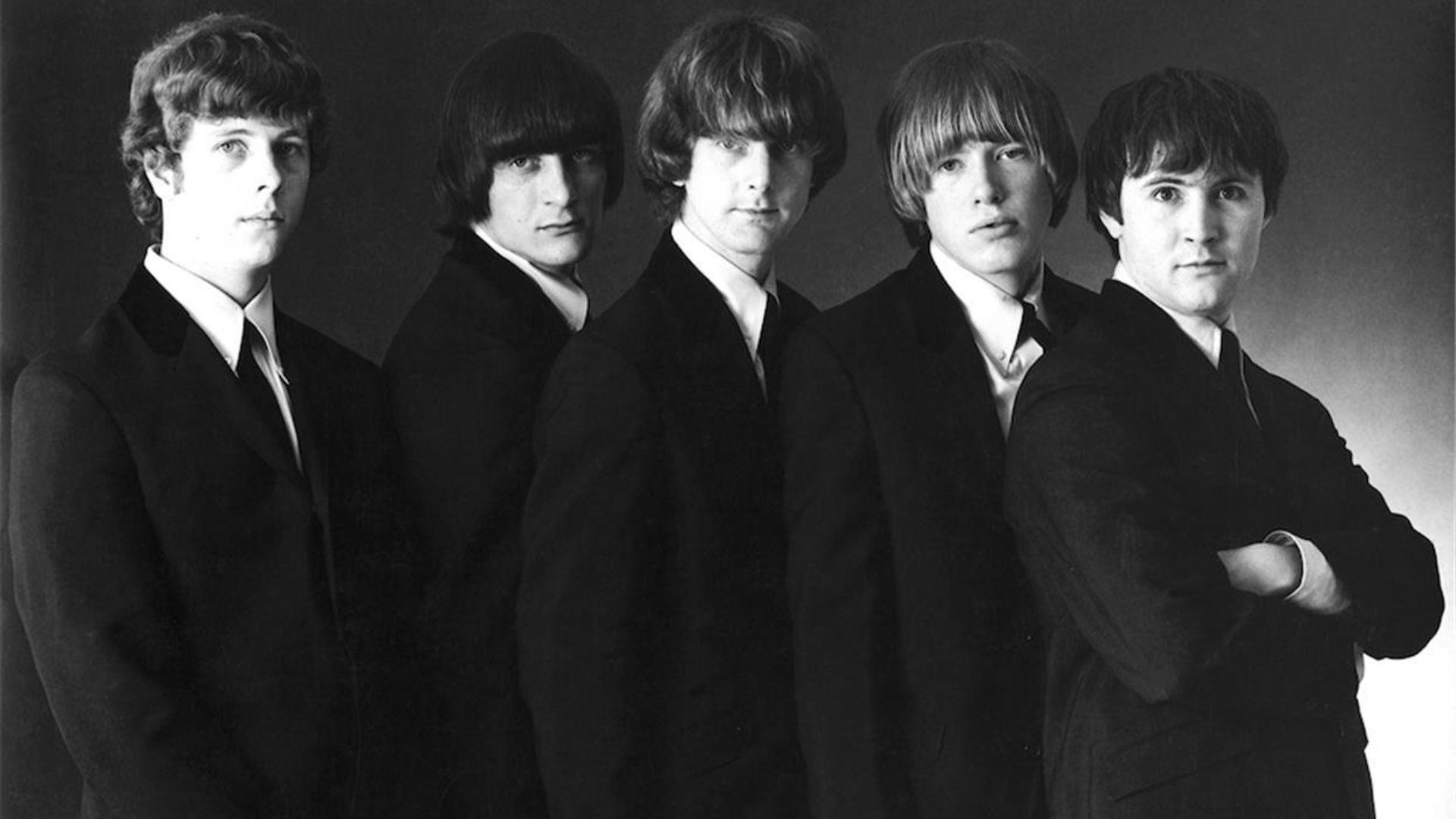 KRLA Beat/Beat Publications, Inc., Wikimedia Commons
KRLA Beat/Beat Publications, Inc., Wikimedia Commons
13. He Was Shockingly Unreliable
Years later, Hillman would say “Gram was hired. He was not a member of the Byrds, ever. He was on salary; that was the only way we could get him to turn up”. Parsons was not a reliable member of the band, and he often worked to achieve his own ends rather than the ends of the other existing members.
His presence became more of a burden than anything.
14. He Was Keen To Make A Statement
On his presence in the band, Parsons himself said he was “confused” by his role in the Byrds. “I didn’t have enough say-so” he claimed, though his sway still changed the trajectory of the aesthetic for their upcoming album. When Sweetheart Of The Rodeo finally made it out into the world, it didn’t at all fit what the original vision was.
What the Byrds had originally set out to create was a concept album of American popular music through the years—what they ended up with was far different.
 Michael Ochs Archives, Getty Images
Michael Ochs Archives, Getty Images
15. He Had An Unfulfilled Commitment
Recording took place in Nashville for the first half, with the second half of the record completed back in LA. At that point, Parsons' presence in the studio came into question. He was technically still contracted to LHI Records after his time with International Submarine Band, and LHI Records promised to act on this breach of contract should Parsons feature on the Byrds’ new record.
There was only one thing they could do to stop this from happening.
 Michael Ochs Archives, Getty Images
Michael Ochs Archives, Getty Images
16. He Was Not An Easy Person To Work With
Fellow Byrds member, Roger McGuinn, took it upon himself to quell the conflict. They re-recorded three songs with McGuinn as the lead singer, which was half of the songs Parsons originally recorded for. While he was still lead singer for three songs, he was angry that they’d replaced him. He thought that McGuinn had really messed things up. Years later, McGuinn would state, “He turned out to be a monster in sheep’s clothing”.
This fracture of conflict between members would become a chasm as they continued working together.
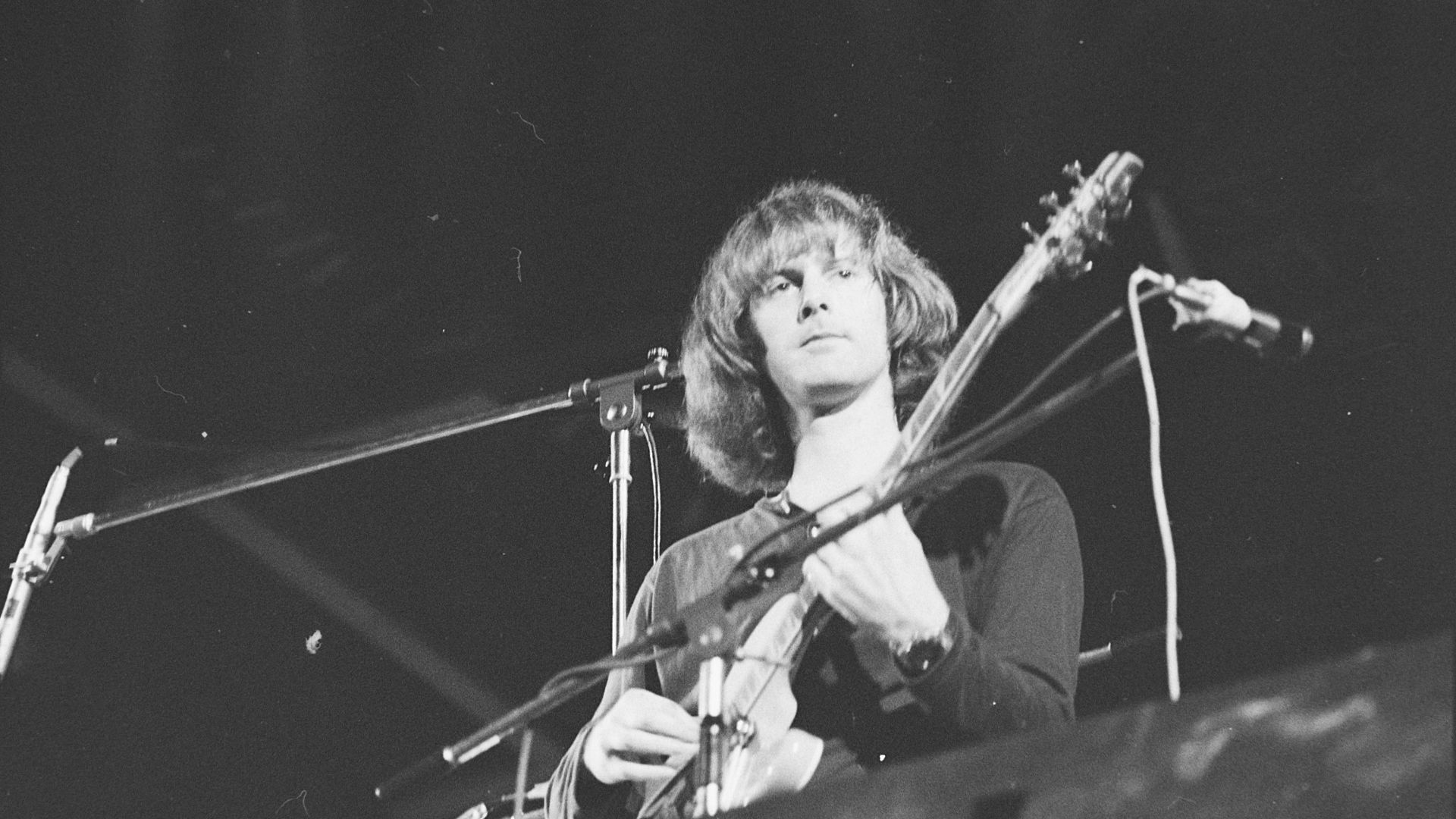 Fotoburo De Boer, Wikimedia Commons
Fotoburo De Boer, Wikimedia Commons
17. He Was Not Going To Be Pinned Down
Parsons left the band the same year he joined it. In the summer of 1968, The Byrds went on tour to South Africa, at which point Parsons split from the group on the grounds of being opposed to apartheid—the band was performing there as a rebellion against institutionalized segregation.
However, since Parsons started receiving his annual trust fund income of $30,000 that same year, this disagreement wasn’t the only reason for his dismissal.
 Michael Ochs Archives, Getty Images
Michael Ochs Archives, Getty Images
18. He Struggled With Substances
Parsons’ substance use was reaching a breaking point, which involved both ethanol-based products and harder, injectable substances. With his trust fund, he could afford to slack off when other musicians couldn’t. For these reasons, Parsons and the Byrds felt his time had come to an end. They were in London at the time, and the vibe there was drawing Parsons to stay, alongside some of the people he met while visiting.
But then the pressure to leave the Byrds was inescapable after he met two of the most influential rock stars at the time.
19. He Had Legendary Friends
Parsons met Mick Jagger and Keith Richards of the Rolling Stones, along with road manager Phillip Kaufman, who had “served time” with Charles Manson. He and Richards were fast friends, and Parsons even brought country music back into the star’s life. His freedom from The Byrds and his first band let the musical world open up for Parsons. Opportunity was his to seize, and prosperity was his to create.
When he returned to Los Angeles, he sought out some unexpected allies for a new endeavor.
20. He Was Introduced To Love
In 1969, Richards threw a 23rd birthday party for his new friend. Parsons didn’t know what the party would hold for him, but things took a surprising turn when he met one of the guests. Gretchen Burrell was a teen model from Newport Beach—and she felt instantly attracted to Parsons. Of course, he reciprocated.
Their unhealthy relationship began then, and neither saw it going the way it did.
21. He Started Another Band
In 1969, Parsons started another band. He called this band The Flying Burrito Brothers. He enlisted Chris Hillman of The Byrds and Chris Ethridge, who was in the International Submarine Band. With Sneaky Pete Kleinow to round out the ensemble, they got to work on their first album, which they released later that year.
22. He Was The Creator Of A Magnificent Musical Encounter
The Flying Burrito Brothers’ called their first album The Gilded Palace Of Sin. In many ways, it was the epitome of everything Parsons had learned and envisioned over the past three years. It was a modern country with elements of soul and psychedelic rock. The album cover presented the band as hippie-types, including symbols alluding to some of the substances they imbibed.
The album won them a lot of listeners—but their performances were a whole other story.
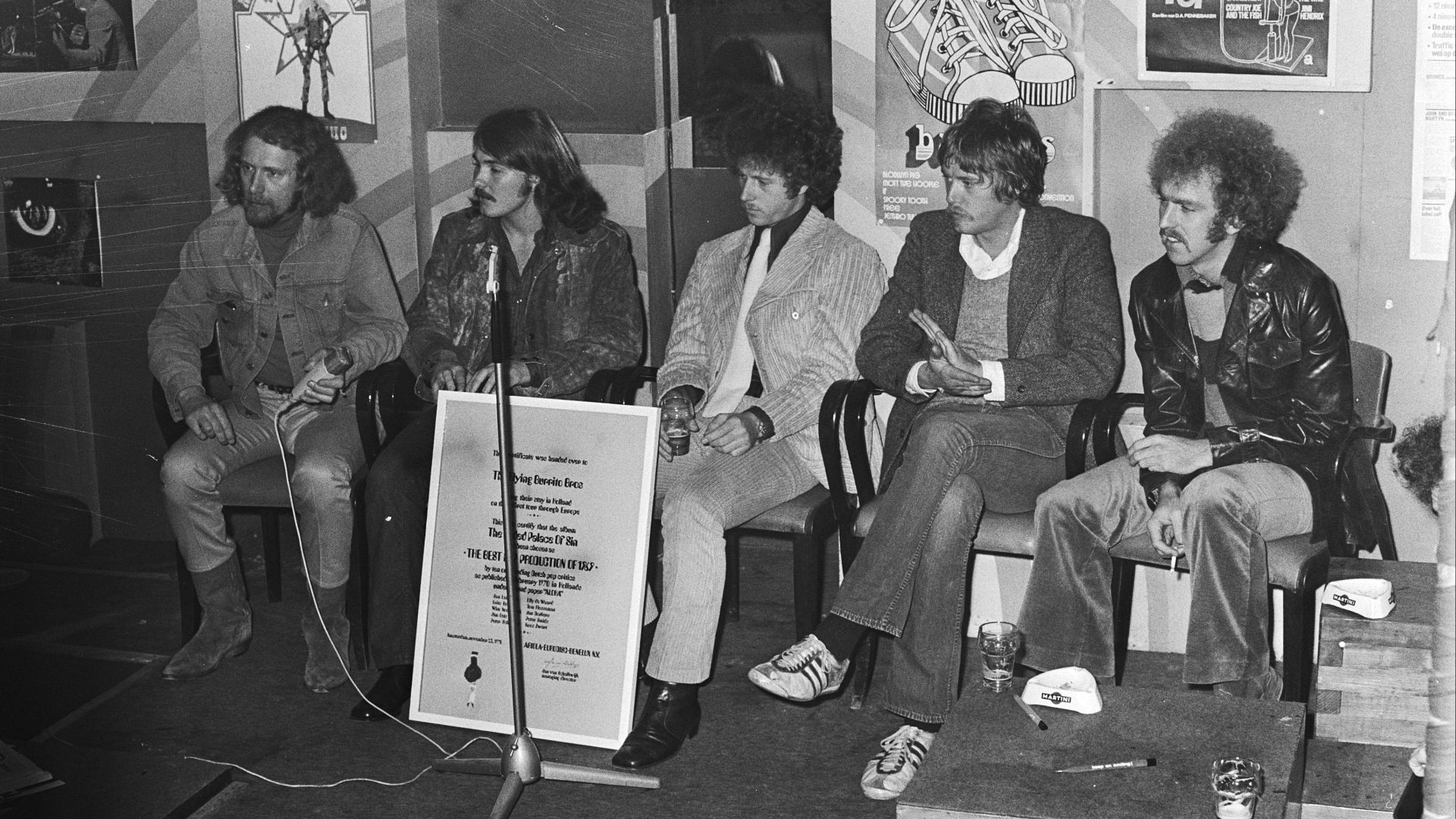 Rob Croes / Anefo, Wikimedia Commons
Rob Croes / Anefo, Wikimedia Commons
23. He Cultivated A New Country-Rock Experience
Critics lauded the album for its “country rock synthesis”, as described by Robert Christgau. The band took it on tour, traveling by train due to Parsons’ fear of flying—but their success grew tainted. Performances were strange and audiences were confused by Parsons’ strange behavior. His substance use included psilocybin and well-known stimulants. Overall though, the tour was a success.
But that didn’t mean they were rocketing to stardom.
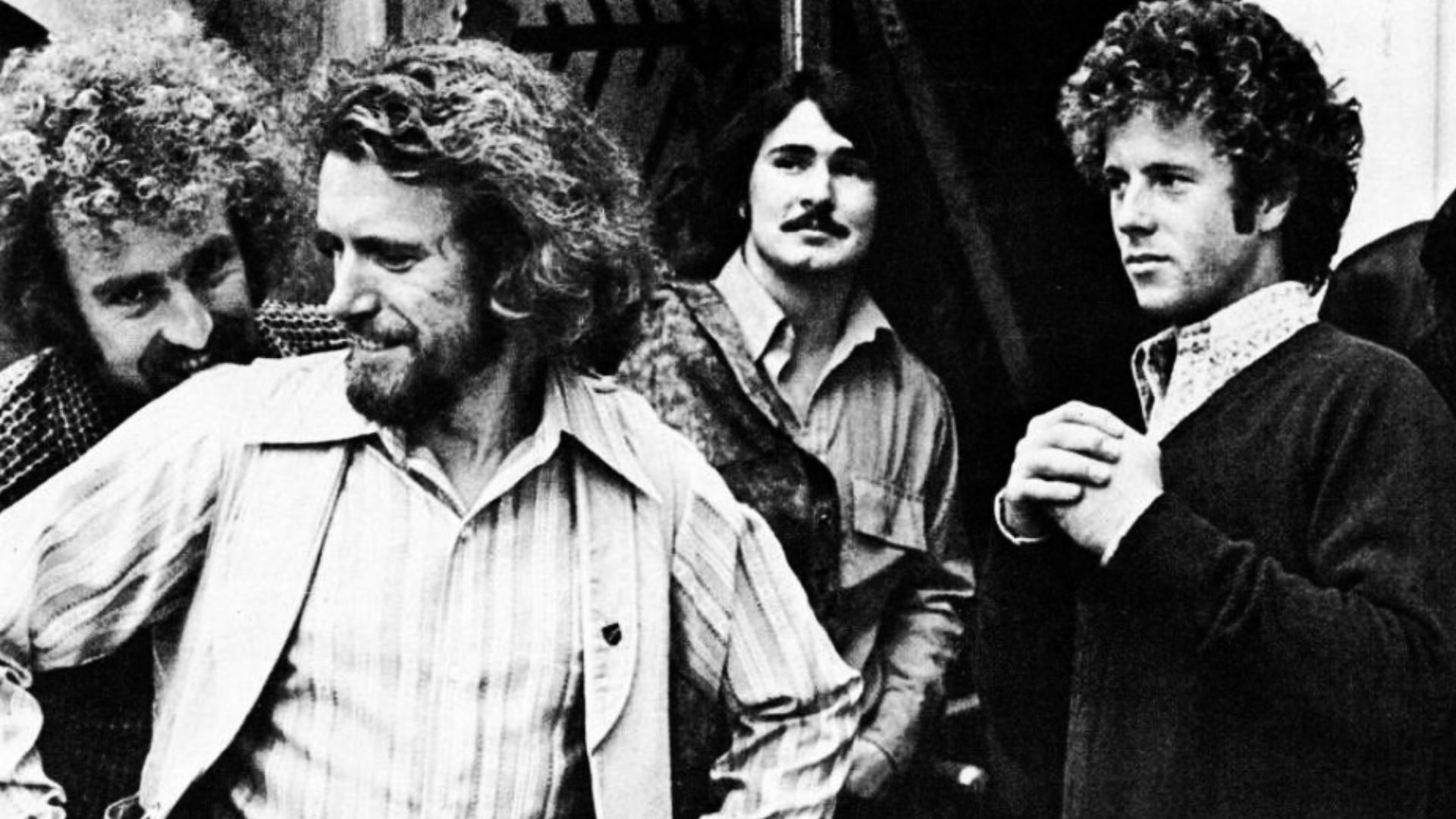 A&M Records, Wikimedia Commons
A&M Records, Wikimedia Commons
24. He Was Committed To The Flying Burrito Brothers
Over the next couple of years, The Flying Burrito Brothers struggled to attain the same success they achieved for their first album. They were producing good music, but something fell apart in the marketing and their budget to produce their second album was miniscule. For the first time, Parsons had to face the actual time and effort required to make a successful musical career.
After releasing Burrito Deluxe, things took a turn for the band.
25. He Was Not Impressed By Their Second Album
The second album didn’t have the same allure to audiences as their first album. Even though the albums were similarly unsuccessful commercially, there was something missing that left the band wanting when it came to success. The reception disappointed Parsons, and he and his fellow band members agreed to dissolve the band after they recorded a third album in 1971.
Luckily, Parsons saw yet another opportunity on the horizon.
26. He Was Almost Lost To His Substance Use
In early 1970, he had signed a solo contract with A&M Records and was living with producer Terry Melcher. Together, they sometimes made music, but mostly the pair spent a lot of time inebriated and wasting studio time. As was becoming Parsons’ pattern, he grew disinterested in his current endeavor and left to pursue the next one.
But then an unknown person got their hands on the music they made.
27. He Was A Burden To His Friends
For a while, Parsons couch-surfed in the houses of his famous friends. He spent a significant amount of time with Keith Richards in his villa in France, where he partied a lot and argued often with his soon-to-be wife, Gretchen Burrell. This led to him losing face with the Rolling Stones, and Richards asked him to leave.
His career was coming to a grinding halt.
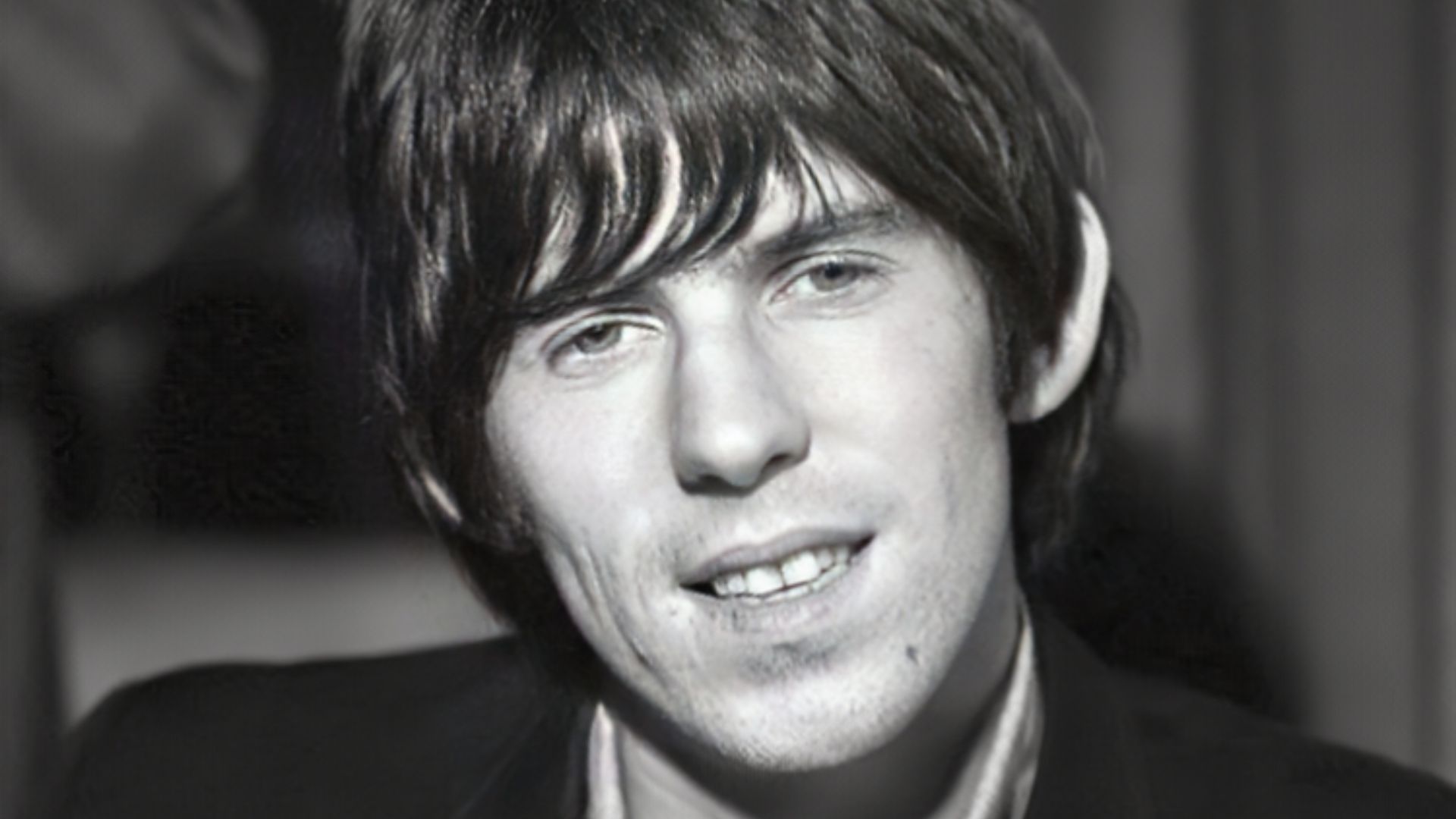 Olavi Kaskisuo / Lehtikuva, Wikimedia Commons
Olavi Kaskisuo / Lehtikuva, Wikimedia Commons
28. He Fell Into A Special Collaboration
After returning to the US, Parsons met Emmylou Harris in Washington, DC. She was very talented and he invited her to help him record his first solo album. This partnership brought him a streak of luck, and he signed with a new record label in LA. They released GP in 1973 and the album featured original songs by Parsons and several covers of country songs.
His relationship with Harris was only just beginning.
29. His Wife Was Jealous
From February to March of 1973, Parsons and Harris toured the US as duet partners. Conflict came quickly, though. His wife came along for the ride, but she grew jealous of Harris and Harris’ daughter. Not only that but Phil Kaufman organized the tour. Kaufman’s presence was helpful, though, as he kept Parsons’ dangerous habits in check throughout the tour.
This professional relationship would prove to be stranger than initially thought.
30. He Made A Surprising Request
As he recorded his second solo album with Harris, friend Clarence White, who backed four shows for Parsons in June, died. At his funeral, the state of the celebration appalled Parsons and Kaufman and allegedly, Parsons told Kaufman his last wishes and what he wanted done with his body—more on that later.
Little did he know, someone would fulfill this wish soon.
31. He Started To See The Consequences Of His Addiction
The summer of 1973 brought a lot of surprising events to Parsons’ life. He burned his home to the ground by accident, caused by an abandoned, burning inhalant. This triggered his divorce from Gretchen Burrell. She’d been unhappy with him and his behavior for a while, and this was the final straw for her.
The nuances of their relationship were not as peachy as they appeared on the surface.
32. He Was Not Encouraging Of His Greatest Supporter
Throughout their relationship, Parsons exerted some controlling behavior on Burrell. He didn’t want to have a “working woman” as a wife. At the time she was still doing gigs as both a model and an actress, but she gave it all up to be with him. She had only appeared in one film and had featured in Playboy before quitting. She said, “I didn’t get to do nearly anything I started out to do”.
And it only got worse.
 Michael Ochs Archives, Getty Images
Michael Ochs Archives, Getty Images
33. He Was Unable To Save His Relationship
As their relationship went on, the strain between them was too much. Reportedly, the two had been living in different houses for a while, each of them living different lives while technically married. At the time, Burrell stated, “My life sorta took a very strange turn there for a while…very unhealthy”.
But Parsons didn't seem to care too much.
 Michael Ochs Archives, Getty Images
Michael Ochs Archives, Getty Images
34. He Was Confronted With An Inevitability
Friends of the couple said they knew their relationship was coming to an end, after what was undoubtedly a tumultuous romance. After their divorce and the destruction of his house, Parsons stayed in Kaufman’s spare room. He moved on quickly to a new romantic relationship, this time with Margaret Fisher, his high school sweetheart.
Change was in the wind, but he had no idea how much.
35. He Was Exhausted And Struggling
Things took a dark turn for Parsons in 1973. With another upcoming tour in October, he wanted to take some time away from it all to recover. His road manager, Phil Kaufman, agreed and encouraged him to take the time to rest after recording his new record.
The stress brought on by his work had reignited his old habit with injectable substances, and this would spell his demise.
36. He Had No Clue What Was Coming
On September 17, Parsons went on a trip with Margaret Fisher, Michael Martin, his assistant, and Martin’s girlfriend, Dale McElroy. Kaufman didn’t join them but knew where they'd be. The group went to Joshua Tree National Park, where Parsons had spent a lot of time previously, fascinated with the park’s National Monument.
None of them expected the trip to turn so sour.
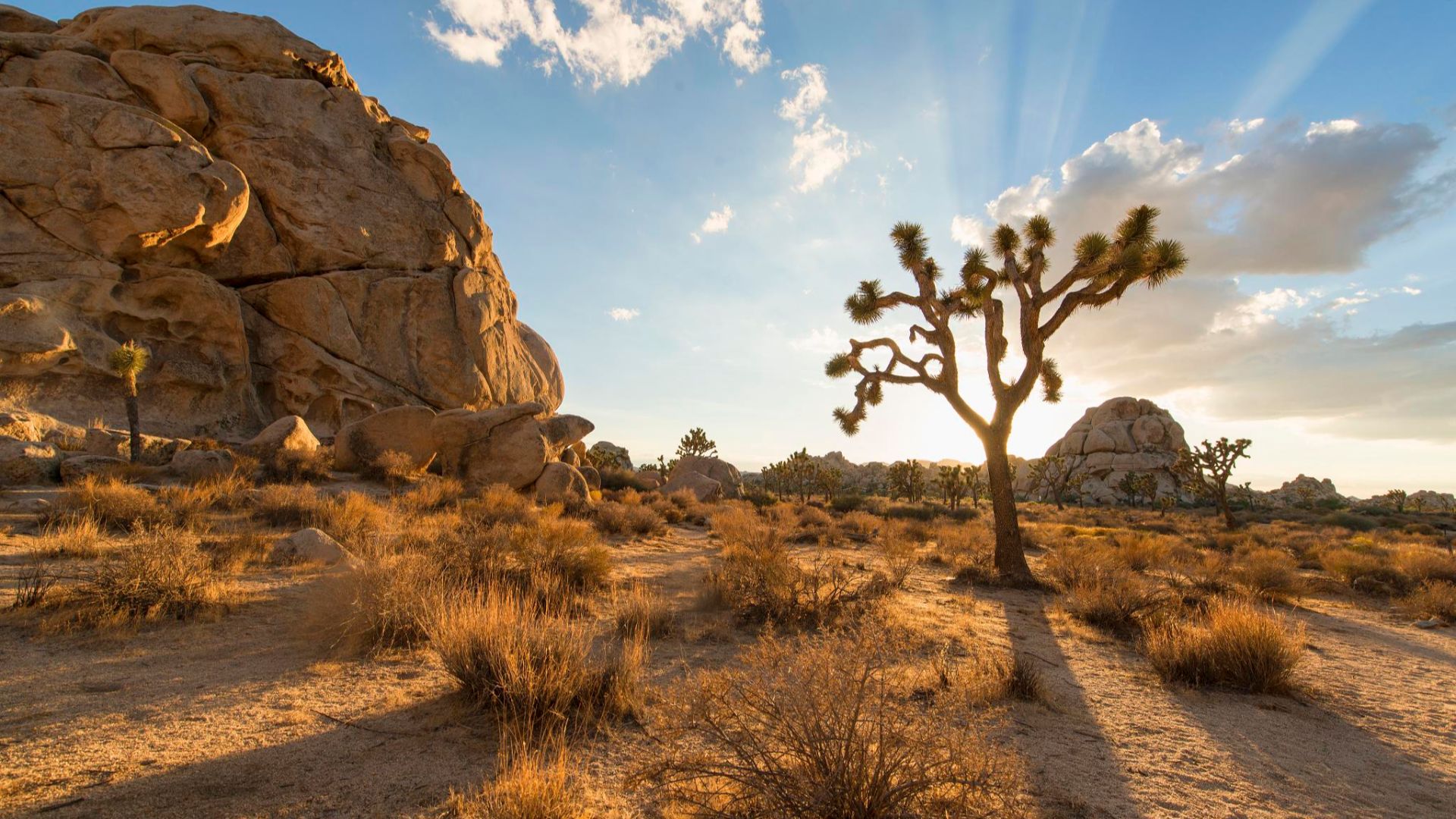 Christopher Michel, Wikimedia Commons
Christopher Michel, Wikimedia Commons
37. He Courted Danger
Their stay in the desert began with substances, of course. While his friends were out at bars, Parsons retreated into the desert and indulged in immense amounts of booze and barbiturates. This wasn’t out of the ordinary for him at this point, but that didn’t mean the danger of overdoing it wasn’t present.
On September 18, those dangers reared their heads.
38. He Engaged In Dangerous Behavior
Martin had left the group in Joshua Tree National Park, heading back to LA to refill their person stash of grass. This left Fisher and McElroy alone with Parsons. He challenged the two women to drink with him, but both declined. Fisher was sober and McElroy was still recuperating from her own indulgences.
Rather than abstaining with his friends, Parsons made a daring decision: he would consume enough for all three of them.
39. He Was Risky With One Vital Decision
After he drank some more, the three of them went over to the Joshua Tree Inn. There, Parsons got his hands on yet another substance—this time it was morphine, sourced from a stranger. Mixing substances in such a way is dangerous, but Parsons’ risky behavior was only on the rise. The unknown woman injected him in Room #1— things took a devastating turn for the worst.
 Missing Parsons - Room 8 Tour at the Joshua Tree Inn, missingparsons
Missing Parsons - Room 8 Tour at the Joshua Tree Inn, missingparsons
40. He Was On The Edge
Immediately after, Parsons began showing signs of toxicity and went unconscious. Margaret Fisher panicked and administered an ice cube suppository to revive him. When that didn’t work, she forced him into a cold shower, but that didn’t work either. She moved him to Room #8, away from the stranger, and ordered McElroy to keep watch over him while she left to look for coffee, hoping that may help.
But when Fisher left, Parsons got worse.
41. He Stopped Breathing
While Fisher was gone, Parsons' breathing grew unsteady and uneven, and after a moment, he stopped breathing entirely. McElroy knew the best thing she could do was try to resuscitate him. She tried, over and over, but to no avail. When Fisher returned, she attempted to do the same, only to be met with the same result.
Nothing was working.
42. He Met A Tragic End
Finally, they called an ambulance. Things were not looking good for Parsons. When the paramedics arrived just after midnight, they were unable to find signs of life in the musician and transported him to High Desert Memorial Hospital. Once he arrived, they declared the singer gone at 12:15 am on September 19, 1973.
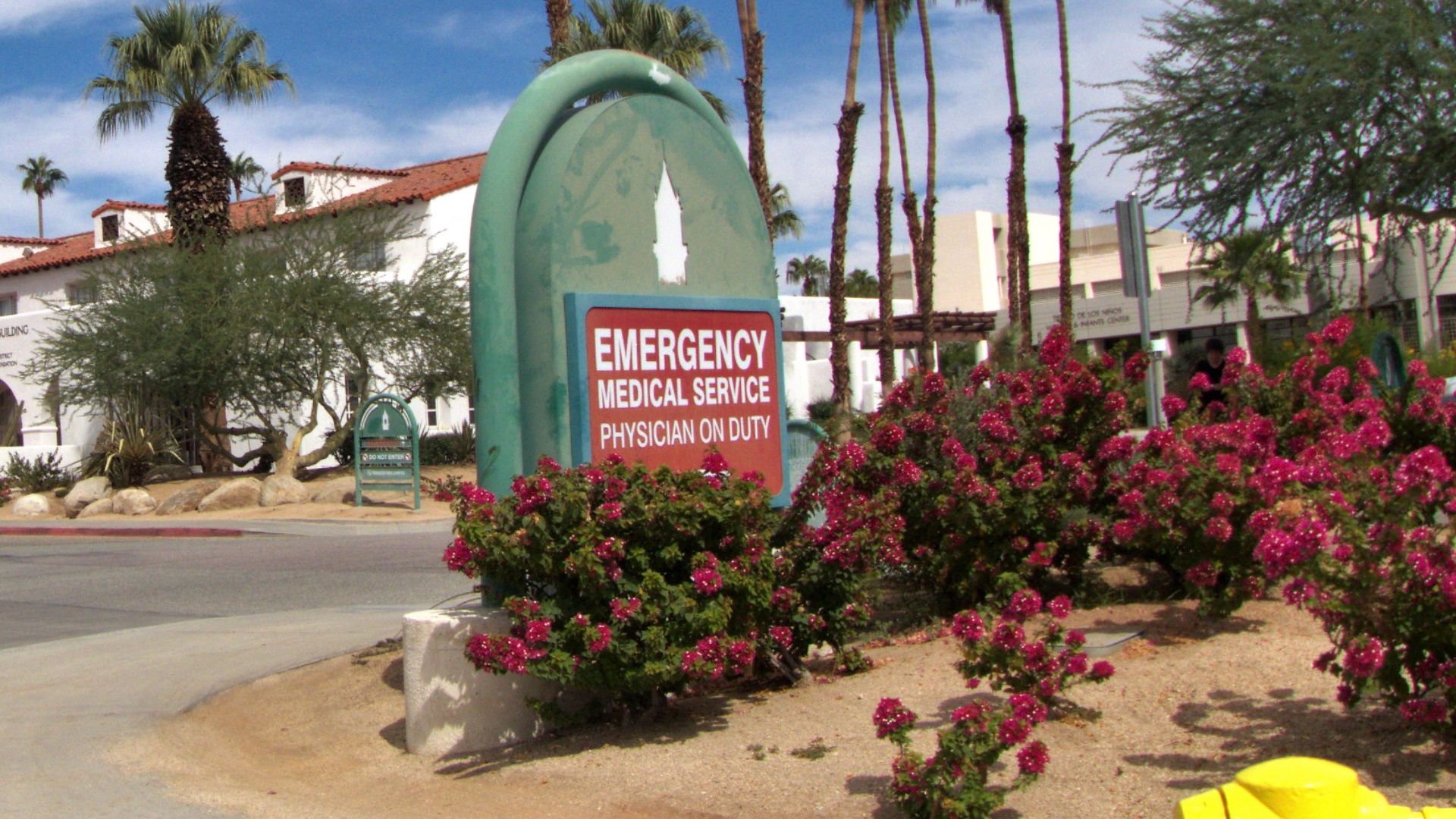 own picture Renhau (R. Haupt, Germany), Wikimedia Commons
own picture Renhau (R. Haupt, Germany), Wikimedia Commons
43. His Demise Sparked Chaos
Fisher called Kaufman and reported the incident to him. The coroner had initially said “natural causes, pending autopsy” brought on Parsons’ departure, but those close to the singer knew otherwise. Kaufman drove to the park that day. He and Fisher worked together to clean Room #8 and Parsons’ car of illicit substances.
Later that day, Kaufman and the two women drove back to LA in Parsons’ car, in case authorities were looking to connect them to a more ominous role in their friend’s demise.
Exhausted and heartbroken, the drama wasn't over yet.
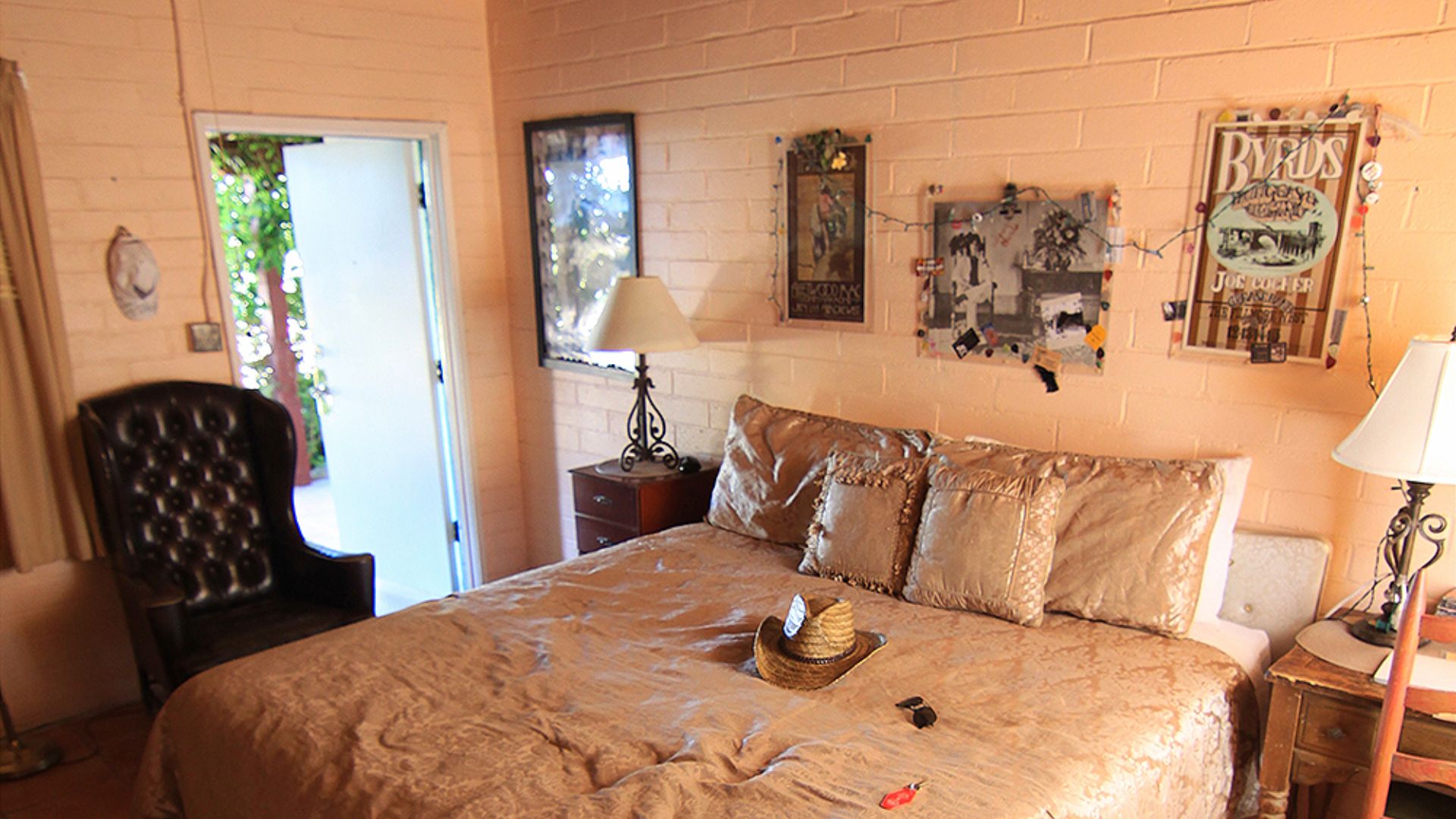 Christian Duringer, Wikimedia Commons
Christian Duringer, Wikimedia Commons
44. His Friend Knew Better
That same day, Kaufman discovered that Parsons’ stepfather had planned to fly the body back to New Orleans to celebrate the passing of his stepson—and potentially inherit some of Gram’s fortunes. But Kaufman knew this wasn’t how Parsons wanted to be commemorated.
45. He Was Promised A Fiery Goodbye
The request Parsons made of Kaufman while the two attended Clarence White’s funeral? It was a death pact. Parsons had said he didn’t want his body buried, instead he want to be cremated at Joshua Tree. Kaufman thought this was a great idea, and the two agreed, stating whoever was left standing would burn the other at Joshua Tree.
But with his family setting up other plans, it was up to Kaufman to make this promise come to fruition.
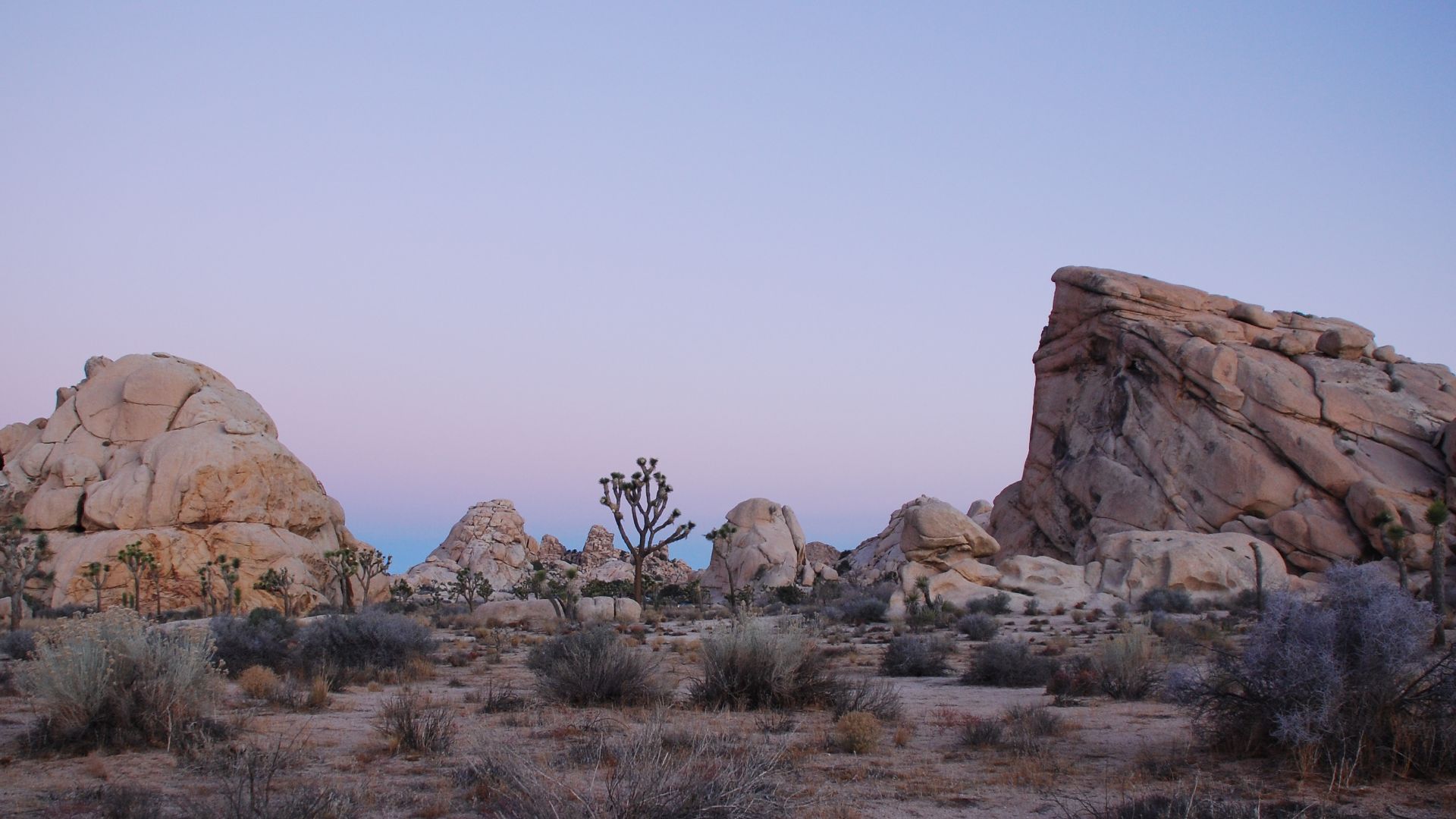 Jarek Tuszyński, Wikimedia Commons
Jarek Tuszyński, Wikimedia Commons
46. He Came Up With A Wild Plan
Kaufman took matters into his own hands. He discovered that Parsons was being sent to the LA International Airport and transferred to New Orleans from there. There was only a small window for him to step in, and with Michael Martin at his side, he formulated a plan.
It started with driving McElroy’s 1953 Cadillac Hearse to the airport and pretending to be employees of a funeral parlor.
47. They Stole The Coffin
When they arrived, they lied and said they were to take the coffin to a plane leaving from Van Nuys Airport. Even though there was no evidence of a transfer request in the cargo manager’s papers, he permitted the two men to take the body. Kaufman signed the release form as “Jeremy Nobody”. With the help of a patrolman who had parked behind the hearse, Kaufman and Martin were able to load the coffin into the vehicle and make their escape.
But Martin endangered the whole endeavor.
48. They Drove Away With His Body
Martin was nervous about stealing something right in front of an officer, made worse by the fact that he had been drinking recently. His nerves caused him to run into the wall of the airplane hangar with the officer as a witness. Shockingly, the patrolman didn’t think this strange and allowed the two men to drive away, the body of Parsons stowed in the hearse.
49. They Cremated Him In The Desert
The two drove into the desert and made their way to Joshua Tree National Park. When they arrived, they unloaded the coffin onto the Cap Rock parking lot and opened it up. They poured gasoline directly into it and onto their friend’s body and set the whole assembly ablaze. They raced away from the scene, leaving their friend burning in the desert.
They thought they could get away with it.
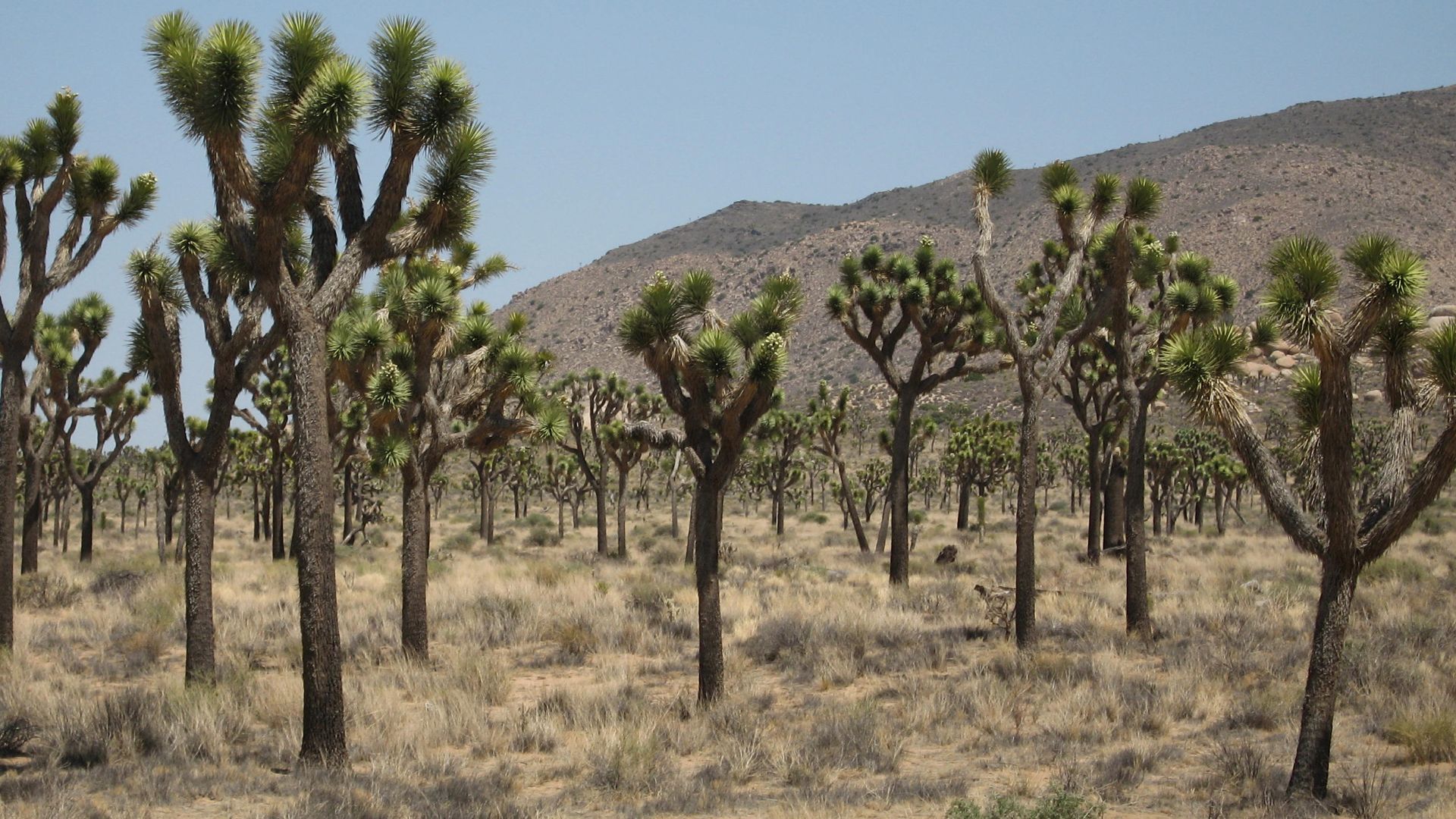 Robb Hannawacker, while working for Joshua Tree National Park, Wikimedia Commons
Robb Hannawacker, while working for Joshua Tree National Park, Wikimedia Commons
50. They Were Sloppy
To their misfortune, the burning coffin was quickly noticed by nearby campers who reported the scene to park rangers. Other witnesses also spotted the hearse racing off and causing traffic chaos as the two men escaped. To make matters worse, they’d left the airline bag that contained the casket next to the burning site, which immediately tipped off investigators to what happened.
It wasn’t long before consequences caught up with Kaufman and Martin.
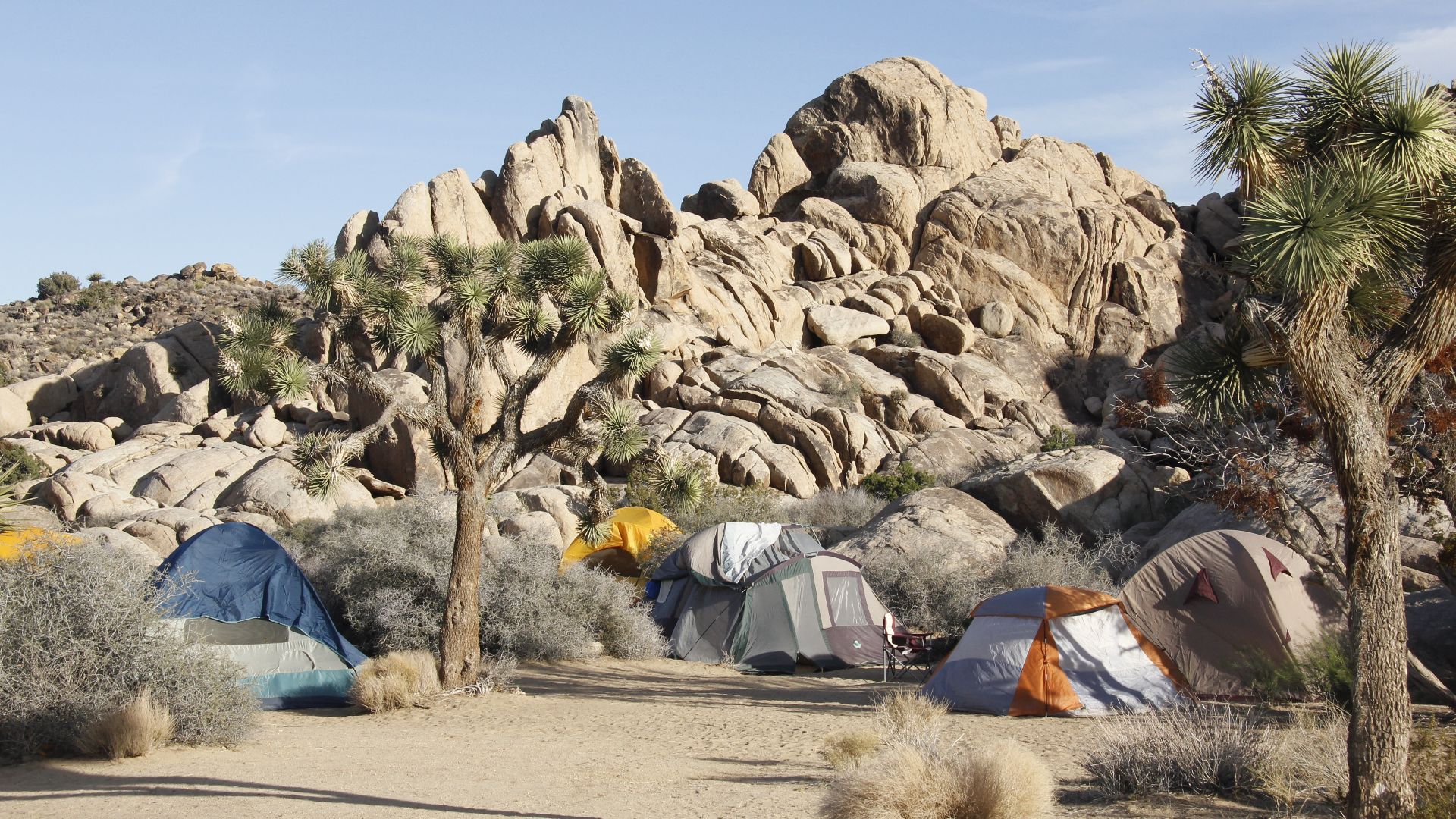 Joshua Tree National Park, Wikimedia Commons
Joshua Tree National Park, Wikimedia Commons
51. They Were Caught In An Accident And Still Escaped
After ending up in a fender-bender on their way home to LA, an officer apprehended Kaufman and Martin for driving while drinking, only for the pair to flee while the officer was dealing with other drivers. Luckily, those who witnessed the two fleeing the national park identified the men from their mugshots.
While the two men were being charged with grand theft—Parsons' body was still being scorched in the desert.
52. He Had A Different Resting Place
What remained of Parsons’ body was recovered from the attempted cremation, of which only 35 pounds were left. Officials took the remains into custody and returned them to his stepfather who had them properly interred in the Garden of Memories Cemetery in Metairie, Louisiana. Even though he was officially laid to rest there, fans still set out to Cap Rock to commemorate his legacy and his short life.
 staxnet from Oakland, CA, Wikimedia Commons
staxnet from Oakland, CA, Wikimedia Commons
53. He Will Be Remembered Forever
Since his departure, Parsons has been heavily lauded by other musicians and industry leaders. Keith Richards of the Rolling Stones noted that while the extent of his discography was “pretty minimal”, Parsons’ “effect on country music is enormous”. Not only that but he has posthumously been awarded several accolades for his work, accepted by his daughter, Polly Parsons.
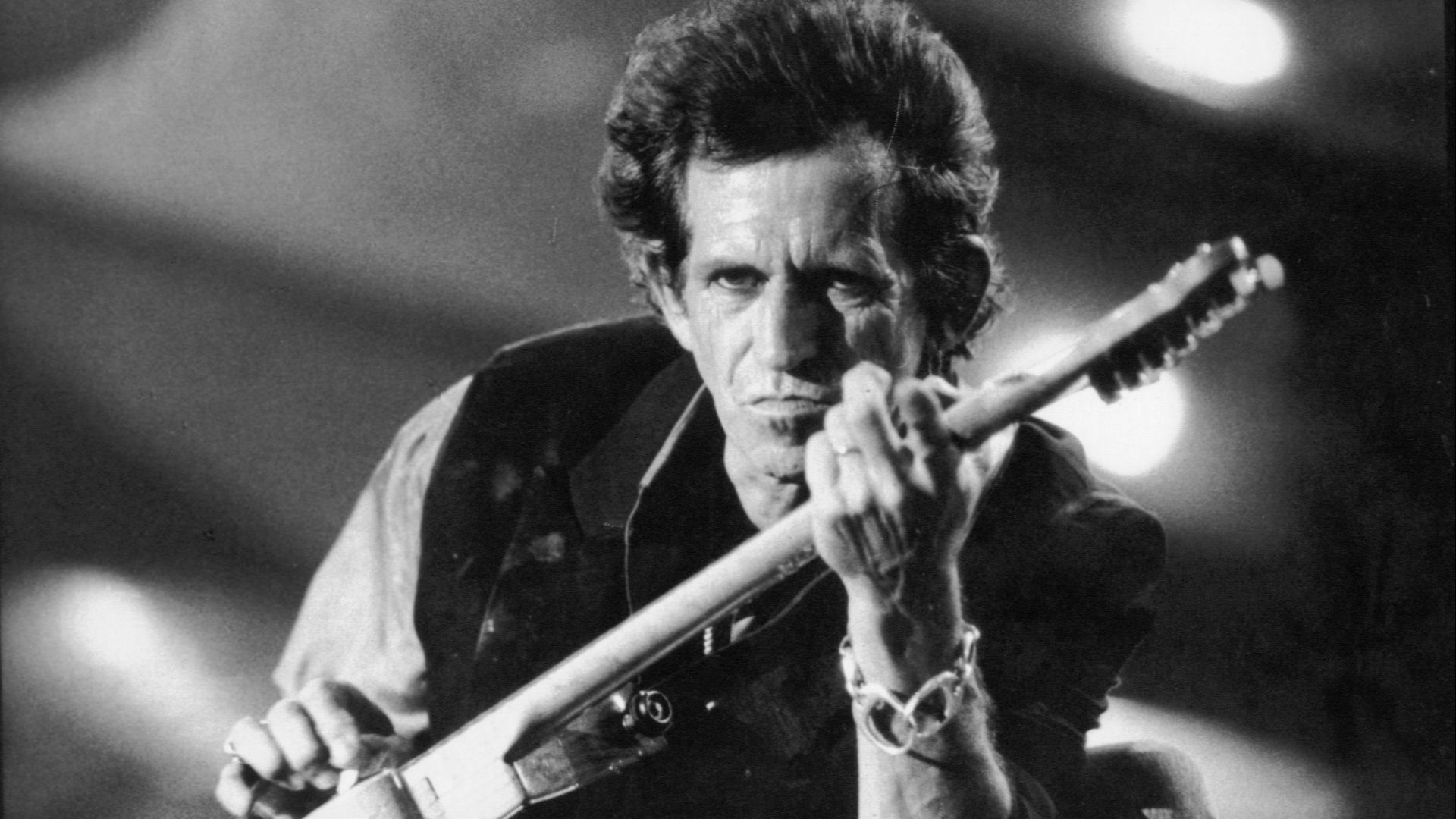 Machocarioca, Wikimedia Commons
Machocarioca, Wikimedia Commons
54. He Wasn’t Able To Conquer His Addiction
Though Parsons only lived for 26 years, his impact on the country rock genre was immense. His greatest combatant was his addiction, and while he strove for sobriety, he ultimately fell prey to his disease.
You May Also Like:
Rock's Greatest Recluse
Rocking Facts About Ronnie Wood, The Rolling Stones Guitarist
Bad-Boy Facts About Keith Richards

